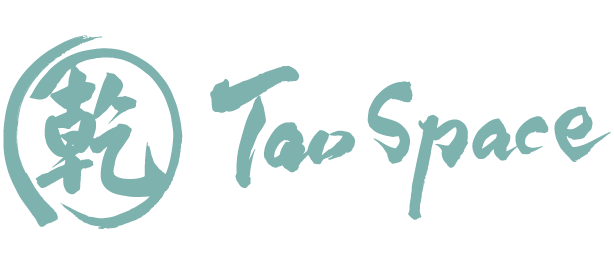Cupping Therapy St Catharines and Niagara Falls, ON
How it works
Cupping is a form of therapy widely used in Asia for thousands of years and a very common practice all over Egypt, Europe and other countries for hundreds of years. The original cupping was performed in ancient times using animals’ horns and bamboo, evolving to ceramic, glass, plastic (with pump valves) and silicone cups.
Nowadays, the Cupping Therapy in St Catharines has evolved to use glass, plastic, and silicone cups in the clinic.
There’s a suction produced in the cups (by different methods depending on the type of cup) that causes the skin and superficial muscle layers to be lightly drawn into them, using gentle pressure to pull the skin and superficial muscles upward. For most patients, this is a particularly relaxing and relieving sensation.
Different types of cupping
The glass cup is internally warmed by a flame, consuming the air inside of the cup, generating vacuum and producing a suction effect when applied on the skin, popularly known as fire cupping.
The plastic cup has a valve that is connected to a pump, to withdraw the air from inside, producing then the desired vacuum. The silicone cup is quite flexible, allowing the practitioner to “squeeze” the air out of it producing the same effect.
For what conditions it can be used
Cupping can be used quite successfully to treat musculoskeletal issues, fascial adhesion, common cold, issues caused by wind, cough, asthma, stomach problems, nausea, abdominal pain, digestive disorders, painful menstruation, fever, hypertension, paralysis caused by stroke, hiccups, insomnia etc. It also helps the body to detox, promotes the flow of qi and blood causing pain relief , drains the lymphatic system and more.
Cupping can affect tissues up to four inches deep—impacting blood vessels, fascia, muscles, and scar tissue. More and more, cupping is showing up in physical therapy and massage offices as well, under a different name—myofascial decompression (MFD).
Cupping and the Fascia
The fascia is a crucial element in our overall health and one that still may not be fully understood. It’s also one of the major areas of the body that cupping therapy can help treat, heal, and keep healthy.
The fascia is a tight-knit layer of connective tissue that forms a flexible but protective net around our muscles and internal organs. Acting as a vast, fibrous network that holds us together.
Fascia problems can be misidentified as muscle injuries, which is an easy mistake to make—both can manifest with pain, stiffness, and inflammation. Similarly, muscle tightness, stiff joints, and other common aches and pains may be symptoms of an unhealthy fascia rather than muscle issues. Fortunately, the unique dynamics of cupping therapy make it the perfect way to treat a variety of fascia issues.
Injuries or stress that cause the fascia to become ‘stuck’ to the muscles beneath are common roots of pain and stiffness. People may complain of a knot or a particularly tight spot on the body that directly results from fascial adhesion. The vacuum effect of cupping is the perfect way to gently unstick the fascia from the skin and muscle layers and allow blood and fluids to flow freely once more.
When the fascia is gently separated from the layers around it, you will feel an immediate release of pain and tension in the muscle. This is one of the reasons athletes are such big advocates of cupping therapy.
The suction effectively targets fascial adhesions, breaking them up and helping them heal. Knots are not usually a surface issue; they go deeper, and cupping therapy is a great way to access deep tissue layers and help release them.
Cupping allows you to pinpoint areas of pain and start healing from the inside out. At the same time, the cups help draw toxins from the area, promote draining of the lymphatic system, and help encourage healthy circulation.
Safety and Aftercare
Cupping is very safe and promotes a great sense of relieve and relaxation. If there’s stiffness, pain, excessive heat or toxicity before the treatment, the cups on that area could leave marks that look like bruises but are, in fact, stagnant qi and blood that are brought to the surface to be cleared by the system. In contrast, new qi and blood nourish the underneath region.
The marks usually last less than a week, disappearing gradually. Some patients may experience cold-like symptoms for a couple of days due to the detox effect it might trigger in the body. Once the body effectively cleans itself of those toxins, the feeling of well-being is greatly enjoyed and appreciated.
After the treatment, the patient is advised to keep the area protected from wind, cold and direct sun until the marks fade. They are also encouraged to drink plenty of water and eat moderately.
Cupping is usually done in combination with acupuncture for problems that acupuncture alone cannot address or to optimize Acupuncture treatment effects.

